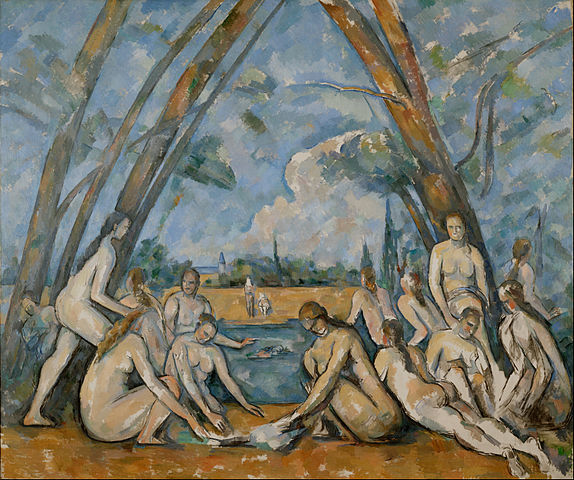
Impressionism was an art movement that emerged in the late 19th century, primarily in France, as a reaction against the rigid rules and realistic depictions of academic painting. It was characterized by a desire to capture fleeting moments, the effects of light, and the essence of subjects rather than their detailed representation. The name “Impressionism” itself comes from Claude Monet’s painting “Impression, Sunrise” (1872), which was initially meant as a term of derision by critics but was embraced by the artists themselves.
Characteristics of Impressionism:
- Loose and Visible Brushstrokes: Impressionist paintings are known for their rapid, loose brushwork, which allows for the dynamic representation of light and movement.
- Emphasis on Light: Artists often focused on how light and shadow affect color, painting en plein air (outdoors) to capture natural light conditions accurately.
- Ordinary Subject Matter: Impressionists frequently depicted everyday scenes and landscapes, showcasing modern life in the late 19th century.
- Vivid Colors: They often used pure, intense colors applied side by side in short brushstrokes to create a vibrant, shimmering effect, avoiding the use of black for shadows.
- Unusual Visual Angles: Impressionists experimented with perspective, framing, and composition, often choosing unexpected angles and compositions to capture their subjects.
Key Artists and Contributions:
- Claude Monet (1840–1926) – Often regarded as the father of Impressionism, Monet’s exploration of the effects of light and color in nature is exemplified in his series paintings such as “Water Lilies,” “Haystacks,” and “Impression, Sunrise,” the latter of which gave the movement its name.
- Pierre-Auguste Renoir (1841–1919) – Known for his vibrant, light-filled scenes, Renoir’s paintings focus on people in intimate and candid compositions, with works like “Luncheon of the Boating Party” and “Dance at Le Moulin de la Galette.”
- Edgar Degas (1834–1917) – Degas was fascinated with movement, especially that of dancers, which he depicted in works like “The Ballet Class” and “L’Absinthe.” His unique compositions and perspectives contributed significantly to the movement.
- Camille Pissarro (1830–1903) – Dubbed the “Dean of the Impressionist Painters,” Pissarro was dedicated to painting en plein air. His works, such as “Boulevard Montmartre at Night,” depict the rural and urban landscapes of France.
- Édouard Manet (1832–1883) – Often considered a precursor to Impressionism, Manet challenged traditional techniques and subjects with works like “Olympia” and “Le Déjeuner sur l’herbe,” influencing many Impressionist artists.
- Berthe Morisot (1841–1895) – One of the few prominent female Impressionist artists, Morisot’s works are known for their delicate handling of light and scenes of domestic life, exemplified by “The Cradle” and “Summer’s Day.”
- Alfred Sisley (1839–1899) – An English Impressionist, Sisley is celebrated for his landscapes that meticulously capture the atmosphere and tranquility of rural France, as seen in “Flood at Port-Marly” and “Bridge at Villeneuve-la-Garenne.”
- Mary Cassatt (1844–1926) – An American artist who lived much of her life in France, Cassatt is known for her portrayal of the social and private lives of women, with a focus on the intimate bonds between mothers and children, like in “The Child’s Bath.”
- Gustave Caillebotte (1848–1894) – Though lesser-known than some of his contemporaries, Caillebotte played a crucial role in the Impressionist movement, not only as an artist with works like “Paris Street; Rainy Day” but also as a patron.
- Frédéric Bazille (1841–1870) – A friend and contemporary of Monet and Renoir, Bazille’s career was cut short by his early death in the Franco-Prussian War. His works, such as “Family Reunion,” display a keen interest in light and color.
These artists collectively expanded the boundaries of art in their time, focusing on capturing momentary impressions of the world around them and laying the groundwork for future artistic movements.
Legacy: Impressionism marked a pivotal shift in the evolution of art, paving the way for various modern movements, including Post-Impressionism and Cubism. Its emphasis on light, color, and the capture of the moment’s essence had a lasting impact on how artists perceive and depict the world, making it one of the most celebrated and influential movements in art history.